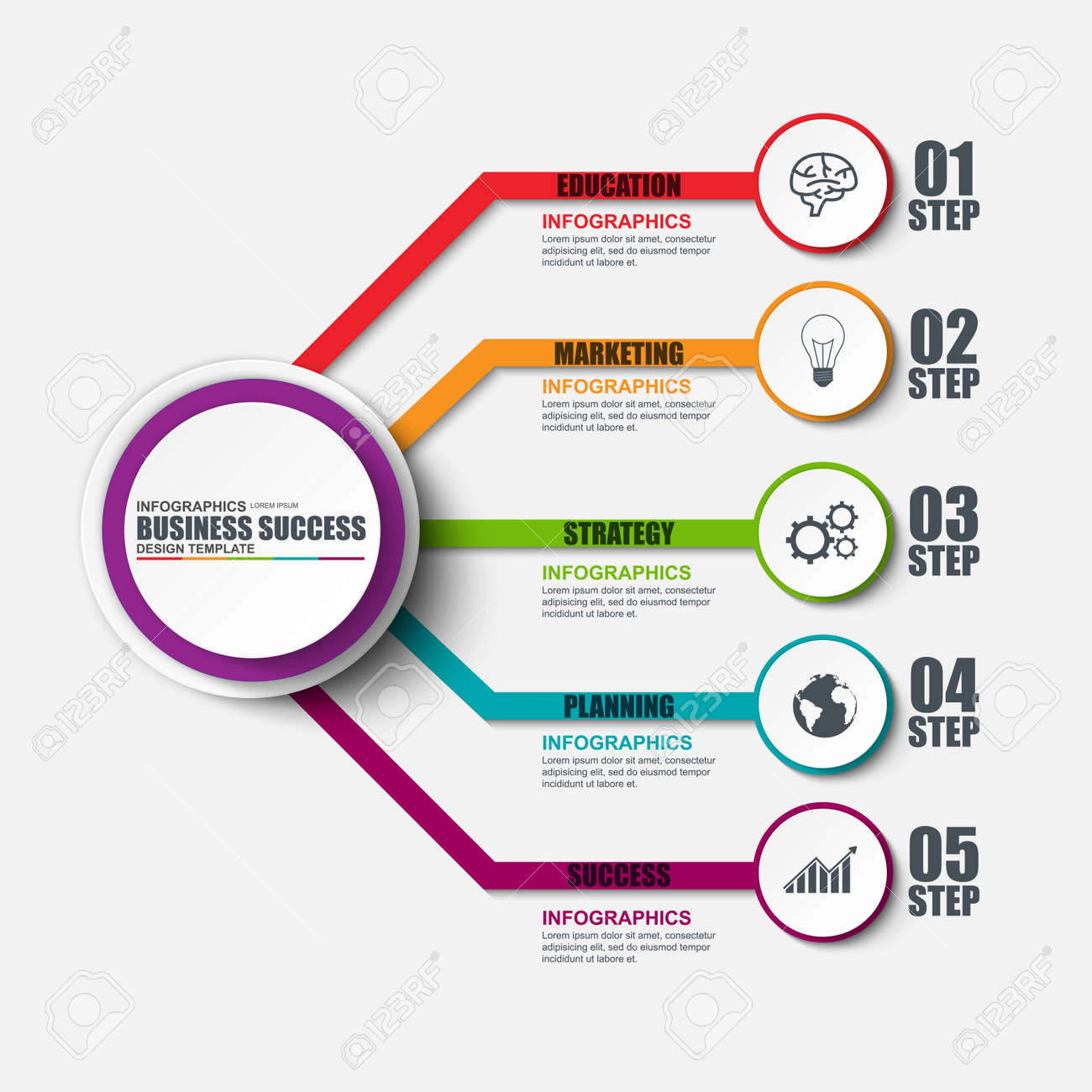Fascinated In Learning How Website Design Has Progressed? Take A Trip With The Transformation
Fascinated In Learning How Website Design Has Progressed? Take A Trip With The Transformation
Blog Article
Content Created By-Thorsen Hejlesen
In the past, websites were easy and focused on info. Navigating was direct, and design was for desktops. Currently, customer experience is essential. Information guides layouts for easy navigation. Receptive layouts match different gadgets. Today, dark mode minimizes pressure, and minimalist food selections improve navigation. Interactive attributes involve individuals, and vibrant visuals attract attention. AI combination boosts involvement. See how style has progressed to enhance your on-line journey.
Very Early Days of Website Design
In the early days of web design, simplicity preponderated. Web sites were standard, with restricted shades, font styles, and formats. The focus got on providing info instead of flashy visuals. Users accessed the net with sluggish dial-up connections, so rate and functionality were key.
Navigation menus were straightforward, generally situated at the top or side of the page. Web sites were developed for desktop computers, as mobile browsing had not been yet prevalent. Content was king, and designers focused on very easy readability over complicated layout elements.
HTML was the primary coding language utilized, and developers had to work within its restrictions. Animations and interactive functions were very little contrasted to today's criteria. Web sites were fixed, with little dynamic web content or individualized user experiences.
Surge of User-Focused Layout
With the development of site style, a shift in the direction of user-focused style principles has become significantly popular. Today, creating websites that prioritize customer experience is essential for engaging site visitors and accomplishing organization objectives. User-focused layout entails recognizing the demands, preferences, and behaviors of your target audience to customize the site's format, material, and features accordingly.
Developers currently perform extensive research study, such as individual studies and functionality testing, to gather insights and comments directly from customers. This data-driven approach helps in producing user-friendly navigation, clear calls-to-action, and visually appealing user interfaces that reverberate with site visitors. By positioning the individual at the center of the style procedure, internet sites can provide a much more personalized and delightful experience.
Responsive style has actually also become a vital facet of user-focused layout, making certain that web sites are optimized for numerous gadgets and display dimensions. This flexibility boosts ease of access and usability, dealing with the varied ways customers engage with sites today. Basically, the rise of user-focused style signifies a shift in the direction of producing electronic experiences that focus on the needs and expectations of the end individual.
Modern Trends in Web Design
Explore the latest patterns forming web design today. One prominent pattern is dark mode layout, providing a streamlined and modern look while minimizing eye pressure in low-light atmospheres. Another essential trend is minimal navigating, streamlining menus and boosting user experience by focusing on essential elements. Integrating micro-interactions, such as computer animated switches or scrolling impacts, can create a much more interesting and interactive site. Receptive layout continues to be crucial, making sure seamless user experiences throughout various devices. Additionally, using bold typography and asymmetrical layouts can add visual passion and accentuate details material.
Integrating AI innovation, like chatbots for consumer support or customized suggestions, improves individual engagement and improves procedures. Access has additionally become a substantial fad, with designers prioritizing comprehensive design practices to satisfy diverse user needs. Accepting sustainability by optimizing web site performance for speed and effectiveness is an additional arising fad in web design. Collaborating with user comments and data analytics to repeat and boost layout constantly is vital for remaining appropriate in the ever-evolving electronic landscape. By accepting these modern-day trends, you can create an aesthetically attractive, straightforward web site that reverberates with your audience.
https://techpoint.africa/2022/07/05/become-marketing-growth-expert-tech
As you assess the development of web site design from the very early days to now, you can see exactly how user-focused design has actually become the driving force behind modern-day trends.
Embrace the journey of change and adjustment in web design, constantly keeping the user experience at the leading edge.
Remain current with the latest trends and innovations, and never stop evolving your method to create aesthetically stunning and straightforward internet sites.
Evolve, adapt, and produce - the future of web design is in your hands.
